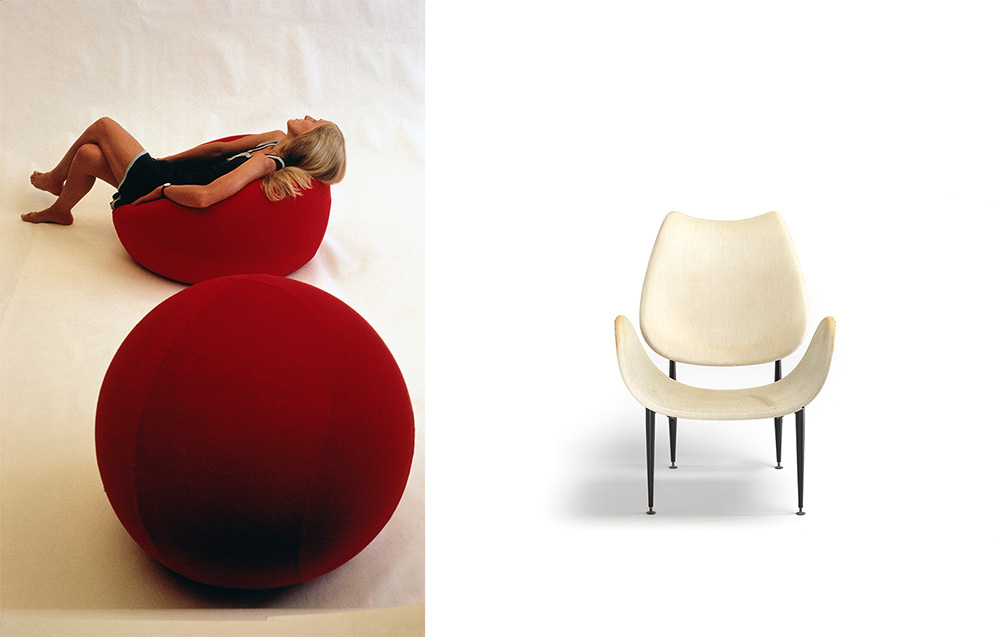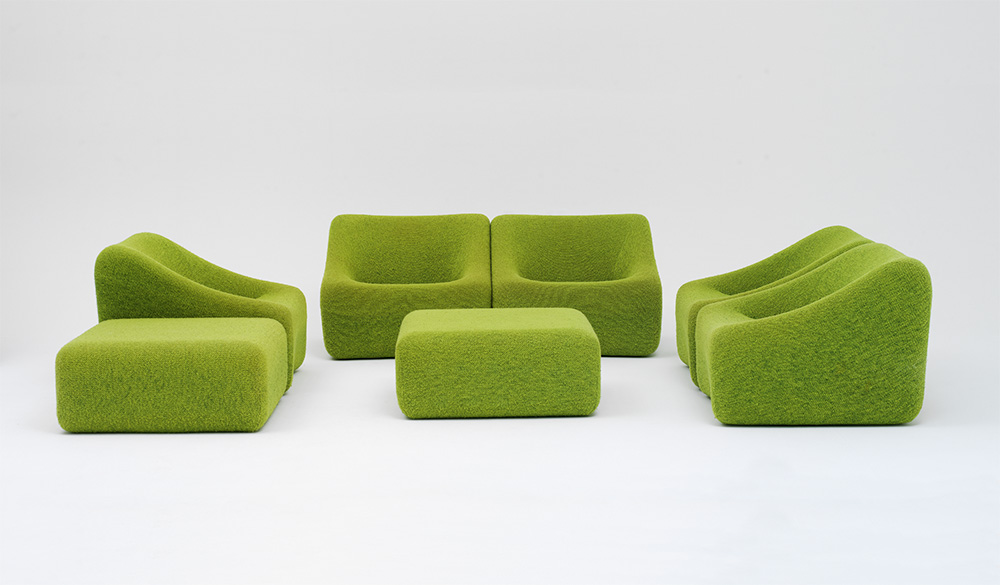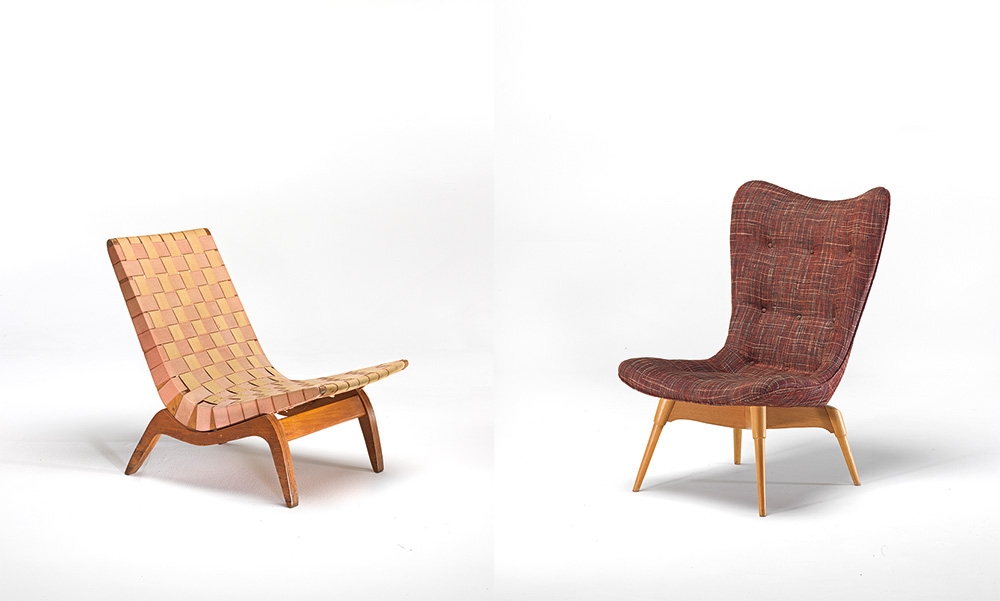DESIGN:Design For Life-Grant & Mary Featherston
 An unapologetic idealist, Grant Featherston believed that design should benefit everyone and campaigned for professional, aesthetic and environmental standards. He shared this vision of ‘design for life’ and social responsibility with his partner Mary, with whom he established Featherston Design in 1965. Beginning with the landmark 1967 Montreal Expo Chair they focused on culturally and socially significant projects, and experimented with the potential of plastics to produce beautiful, affordable design for all.
An unapologetic idealist, Grant Featherston believed that design should benefit everyone and campaigned for professional, aesthetic and environmental standards. He shared this vision of ‘design for life’ and social responsibility with his partner Mary, with whom he established Featherston Design in 1965. Beginning with the landmark 1967 Montreal Expo Chair they focused on culturally and socially significant projects, and experimented with the potential of plastics to produce beautiful, affordable design for all.
By Efi Michalarou
Photo: Heide Museum of Modern Art Archive
The exhibition “Design for Life Grant & Mary Featherston” explores the career of Grant Featherston, Australia’s most significant modernist designer, and his partnership with Mary Featherston, who is renowned for her design of learning environments for children. Tracing Grand Featherston’s explorations of new materials and technologies and production of innovative furniture, including collaborations with Mary Featherston during the 1960s and 70s, the exhibition that presents 120 objects including the iconic (and oft copied) “R152 Contour Chair”, rare designs and previously unseen material from the Featherston Archive, highlight the holistic nature of the couple’s practice, which included interiors, exhibitions, photography, sculpture, glass objects and promotional design. Born in 1922 in Geelong, Grant Featherston as a self taught glass and furniture designer, and after graduating from the Geelong Technical School, went on to briefly work in these fields, before serving in the war from 1940-44. Returning home and moving to Melbourne, Grant Featherston released his first range, the “Relaxation Series” in 1947,. The Australian public loved it. Featherston had designed a furniture range that was sleek and timeless in its aesthetic, yet properly comfortable. It was sometime in 1950, while playing with a tram ticket, that Grant Featherston came up with the idea to bend and join two pieces of plywood to form the shell of a chair. He patented this method in 1951 and later that year released the “R152 Contour Chair”, the first model in a range that would include, among others, various lounge chairs, a rocking chair and an elegant chaise longue. The “Scape armchair” made in 1960, was highly sculptured and manufactured from a small number of separate parts. These parts were made from plywood and steel. The back and the seat were covered in foam and fabric. In 1965, Grant Featherston met Mary, an English-born RMIT Interior Design graduate. Together, Grant and Mary formed what would become an enduring partnership in life, love and business. Grant Featherston’s name sprang into media prominence in 1967 when his “Talking chair” was displayed at the Australian pavilion at Expo ’67 at Montreal. This was followed by the “Stem chair” in 1969, made mostly from high density polyethylene. From 1957 to 1970 Grant Featherston was consultant to metal furniture manufacturer, Aristoc Industries. Chairs were designed and mass-produced, and may still be seen across Australia. Some designs are still being made today. The “Delma stacking chair” was copied by other manufacturers. Over the span of the next 30 years, the pair would go on to design many more heralded pieces of furniture together. They also completed interior fit-out commissions, including the interior design of the National Gallery of Victoria between1966-68. From here on, until his death in 1995, Grant Featherston’s career was positively unstoppable.
Info: Curators: Denise Whitehouse and Kirsty Grant, Heide Museum of Modern Art, 7 Templestowe Rd, Bulleen, Australia, Duration: 30/6-7/10/18, Days & Hours: Tue-Sun 10:00-17:00, www.heide.com.au




